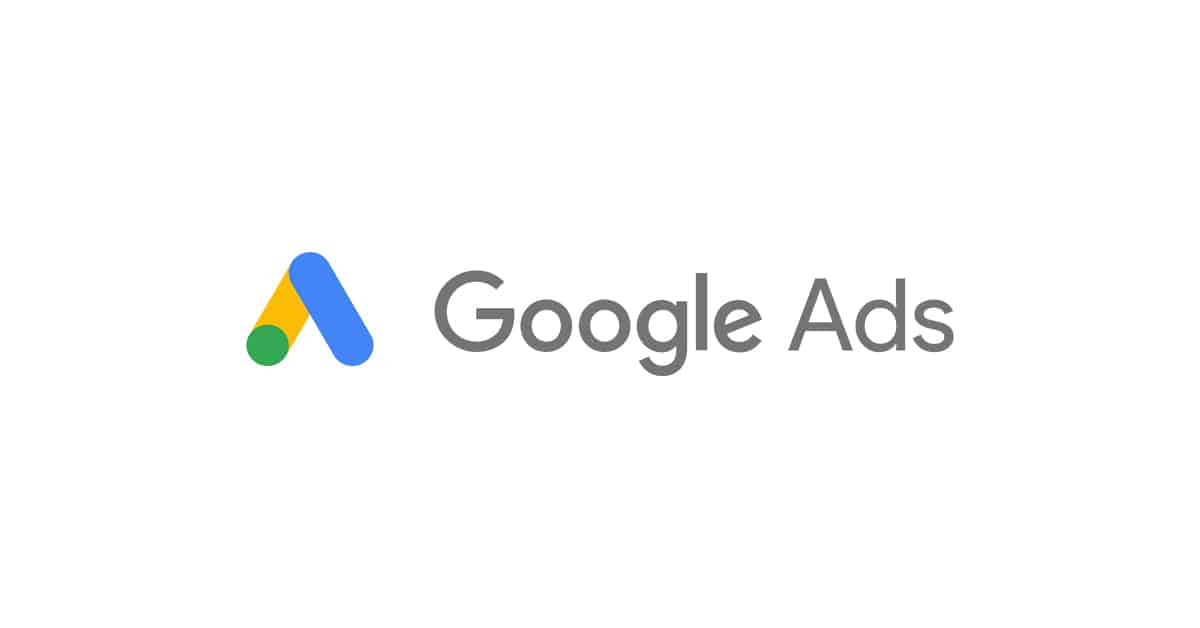The Importance of Ad Transparency
Advertising plays a crucial role in the success of any business, and Google Ads is one of the most popular platforms for online advertising. With millions of businesses utilizing Google Ads to reach their target audience, it is essential to maintain transparency and trust in the advertising ecosystem.
One of the issues that advertisers and Google face is the practice of cloaking ads. Cloaking refers to the deceptive technique of presenting different content to search engines and users. This unethical practice not only undermines the integrity of Google Ads but also compromises the user experience and trust in online advertising.
Understanding Cloaking Ads
Cloaking ads involve displaying one version of an ad to search engines and a different version to users. Advertisers who engage in this practice aim to manipulate search engine rankings and deceive users into clicking on ads that are not relevant to their search queries.
For example, an advertiser might use cloaking to show an ad for a popular product or service, but when users click on the ad, they are redirected to a completely different website or landing page. This misleading tactic leads to frustration and disappointment among users, tarnishing the reputation of both the advertiser and Google Ads.
Google’s Efforts to Combat Cloaking Ads
Google is committed to providing relevant and trustworthy advertising experiences to its users. To combat cloaking ads, Google has implemented various measures and guidelines that advertisers must adhere to:
- Strict Policies: Google has strict policies in place that prohibit the use of deceptive practices, including cloaking ads. Advertisers found to be in violation of these policies may face penalties, such as ad disapproval or account suspension.
- Automated Systems: Google utilizes advanced automated systems that constantly monitor ads and landing pages to detect any signs of cloaking or other deceptive practices. This helps in identifying and taking action against advertisers who engage in such activities.
- Manual Reviews: In addition to automated systems, Google also conducts manual reviews of ads and landing pages to ensure compliance with their policies. This human oversight further strengthens their efforts to combat cloaking ads.
Best Practices for Advertisers
To maintain a transparent and trustworthy advertising ecosystem, advertisers should follow these best practices:
- Comply with Policies: Advertisers must familiarize themselves with Google’s policies and ensure that their ads and landing pages meet the guidelines. This includes providing accurate and relevant content that aligns with users’ expectations.
- Regular Monitoring: Advertisers should regularly monitor their ads and landing pages to identify any potential issues. By proactively addressing any discrepancies or violations, they can avoid unintentional cloaking and maintain a positive user experience.
- Transparency: Advertisers should be transparent about their offerings and clearly communicate the purpose of their ads. Misleading or deceptive practices not only harm users but also damage the advertiser’s reputation.
The Benefits of Ad Transparency
Ensuring ad transparency benefits both advertisers and users:
- Builds Trust: Transparent advertising practices foster trust between advertisers and users, leading to long-term customer relationships.
- Enhances User Experience: By providing relevant and accurate ads, users have a better experience and are more likely to engage with the advertised products or services.
- Protects Brand Reputation: Advertisers who prioritize transparency protect their brand reputation and maintain a positive image in the market.
- Promotes Fair Competition: Transparent advertising levels the playing field, allowing businesses of all sizes to compete on an equal footing.
Conclusion
Cloaking ads undermine the integrity of Google Ads and compromise the trust of users. Google’s commitment to combatting this deceptive practice through strict policies, automated systems, and manual reviews is commendable. Advertisers must also play their part by adhering to these policies, regularly monitoring their ads, and prioritizing transparency. By working together, we can create a transparent and trustworthy advertising ecosystem that benefits both advertisers and users.

